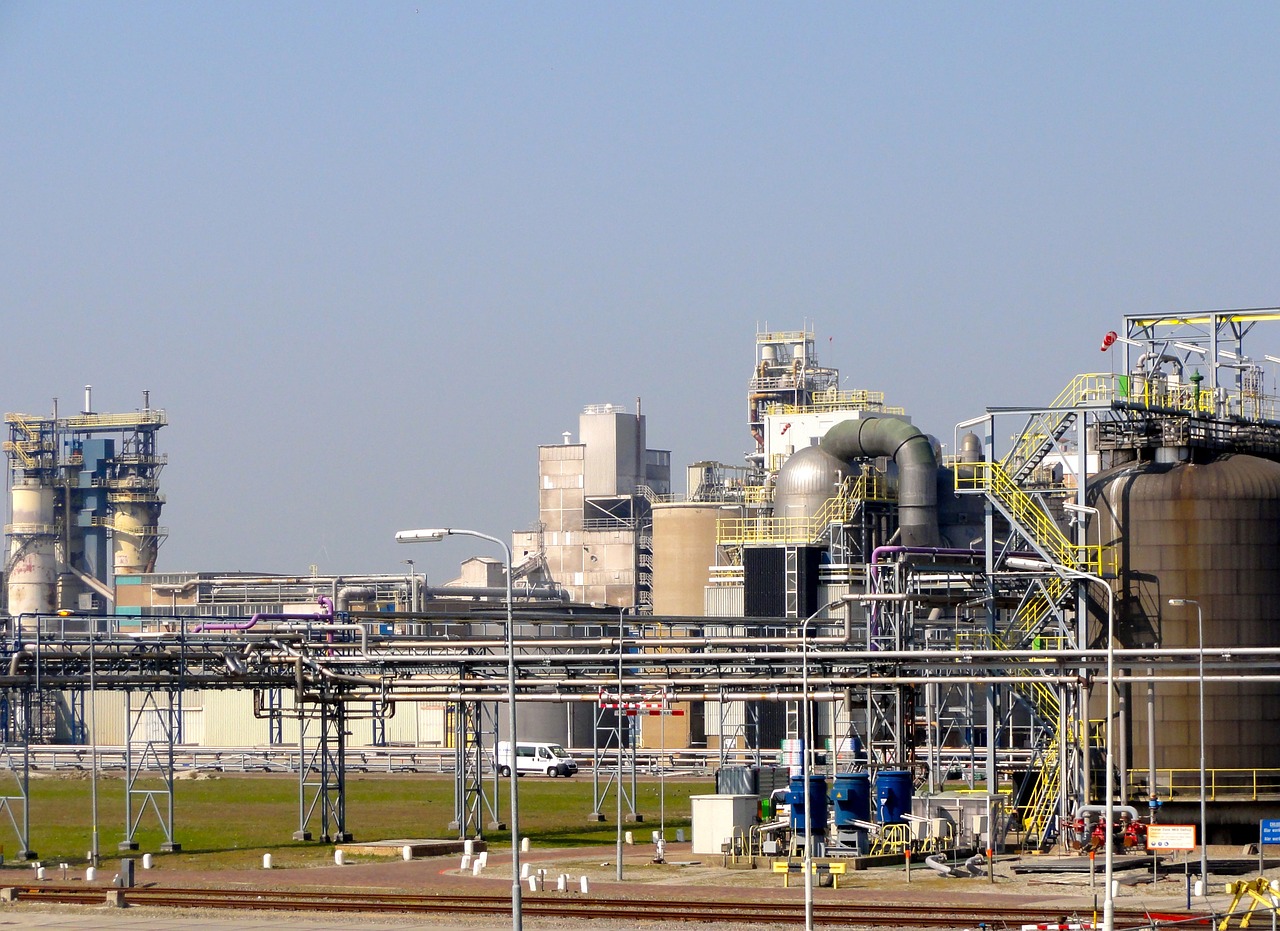Chemical recycling represents a positive step towards reducing waste disposal and contributing to a circular economy for plastics
Chemical recycling of plastics is a process of breaking down plastics into their basic chemical components to produce new materials or chemicals.
Since chemical recycling breaks down polymers into their basic components, it also enables the production of recycled plastic (upcycled) with pristine plastic properties that can be used in demanding applications such as food contact.
How does it work?
The term “chemical recycling” covers a variety of processes and technologies that are classified according to the position of their output in the plastics supply chain:
Pyrolysis
This process involves heating plastic to temperatures above 400°C in the absence of oxygen, breaking it down into products such as oils, gases and solid carbon, which can be used as feedstock to produce new plastics or fuels that can be fed into petrochemical plants to be converted back into polyethylene and polypropylene.
Gasification
Waste is heated to very high temperatures (between 1000 and 1500°C) with little oxygen, breaking down the molecules into basic components. The resulting gas, a mixture of hydrogen, carbon monoxide and some carbon dioxide, is used to make chemicals such as methanol, ammonia, and acetic acid, which are used to produce plastic, fuel and fertilizers.
Hydrocracking
This process uses high-pressure, high-temperature water to convert multi-layer, flexible and rigid post-consumer plastics (such as films, containers, inks and trays) into high-performance hydrocarbon feedstocks.
Depolymerization
It uses chemicals, solvents and heat to convert polymers into smaller molecules (monomers), which are then reintroduced into the plastic production process as secondary raw materials.
Some of the main benefits of chemical recycling of plastics include:
Recycling of traditionally difficult-to-reuse plastic waste
Producing plastics of a similar quality to virgin feedstock
Reduces dependence on the use of fossil resources
Reduces CO2 emissions
Advances in chemical recycling of plastics
The European Commission has set very ambitious circularity targets for plastics. The regulatory targets of the recently revised waste directives are to landfill a maximum of 10% of municipal waste by 2035, to recycle 50% of plastic packaging by 2025 and 55% by 2030.
In this context, chemical recycling represents a positive step towards reducing waste disposal and contributing to a circular economy for plastics. There is also huge potential for new jobs as the sector develops.
This trend has driven significant investments in recycling technology in recent years, especially in chemical plastics recycling technologies.

